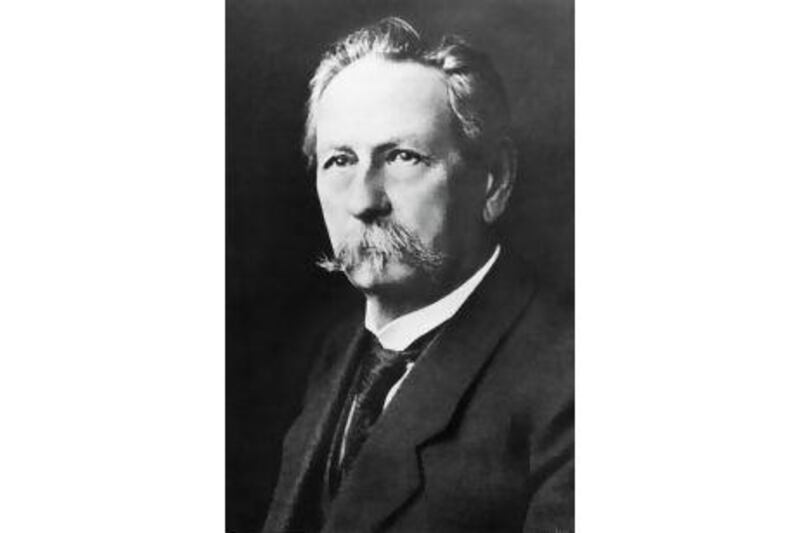Karl Benz was that rarest breed of man, an inventor remembered by history. He had the good sense and the good fortune to invent one of the symbols of the modern age, 125 years ago. While bread-bins and spanners are an integral part of everyday life, the names of their inventors are not embedded in the public consciousness. But cars are different. Cars are special. Cars are one of the few objects that can inspire love, so it is fitting that, without love, Benz may not have found the success he did.
When Benz was born in 1844 journeys were made by steam-powered train or horse-driven carriage. The notion of engine-driven personal transport was in the realm of science fiction. For much of the 19th century steam seemed to be the answer, but though it was pioneering, steam-powered modes of transport were cumbersome and unsafe, hardly the blueprint for travel of the future.
As a young man in Karlsruhe, Germany, Benz worked as an engineer making iron bridges. But his passion was in propulsion and when, in 1871, he secured a sizeable dowry for his wife, Bertha, he used it to set up his own engineering workshop and focused exclusively on developing an engine that could replicate the power of horses. But Benz was not alone. Germany was the crucible of the combustion engine and over the last three decades of the 19th century several men worked tirelessly to perfect and, most importantly, patent their designs. Gottleib Daimler, Nickolaus Otto and Wilhelm Maybach had invented the four-stroke engine in 1876 and, at one stage, looked like they would claim the ultimate accolade. But just as they were on the verge of a breakthrough, Benz unveiled the invention that would change the world.
In January 1886 he presented his Patent Motorwagen, the world's first ever car. It ran on petrol, then a product solely used for cleaning and only available in small quantities in pharmacies. With this fuel, a two-stroke engine could propel the three-wheeled vehicle through a chain, driving the rear wheels. Its 1L engine produced less than 1hp, propelling it to 16kph. He was granted his patent and with it his place in history. It was his marriage that had made this possible and it was his dear wife, an eminent engineer in her own right, who was to revolutionise motoring and make her husband his fortune.
Although Benz had been granted the patent, he was yet to prove that his invention was commercially viable. It was exciting, certainly, a breakthrough, undoubtedly, but there remained the question of how useful it was. On August 5, 1888, without her husband's knowledge, Bertha drove the car 106km to her mother's house in the Black Forest (the route dictated as much by the location of pharmacies as the most direct roads). This was the first-ever long journey in a car and proved that it could be a functional mode of transport as well as a technical marvel. The publicity this created saw a surge in demand.
By 1893 Benz was selling almost 100 cars a year and, by the turn of the century, he was the largest car manufacturer in the world. As business grew he continued to innovate, creating the first "flat" cylinder configuration in 1896, a design still used by Porsche today.
As cars became big business, investors increasingly began calling the shots and when French engineers were brought in to the company, Benz resigned, though remaining on the board. He then created his own distinct company, Benz and Sons, and made a line of cars that became a popular choice for London taxis.
The hyperinflation that followed the Great War saw the price of a car rise to an absurd 25 million Deutschmarks, which led manufacturers to the brink of bankruptcy. To stave off disaster, Benz merged with his one-time bitter rival Daimler in 1926. Karl, now in his 80s, took his place on the board. But the new marque was to have a new name, one of the most evocative in the motoring lexicon. The most famous Daimler model had been named after the daughter of its designer, Emil Jellinik. She was Mercedes and her name was destined to inspire the devotion of many more men than her father.
Benz died in 1929. His house is now the centre of the Daimler and Benz research institute. A TV drama of his life, Karl and Bertha, was broadcast in Germany this year.






